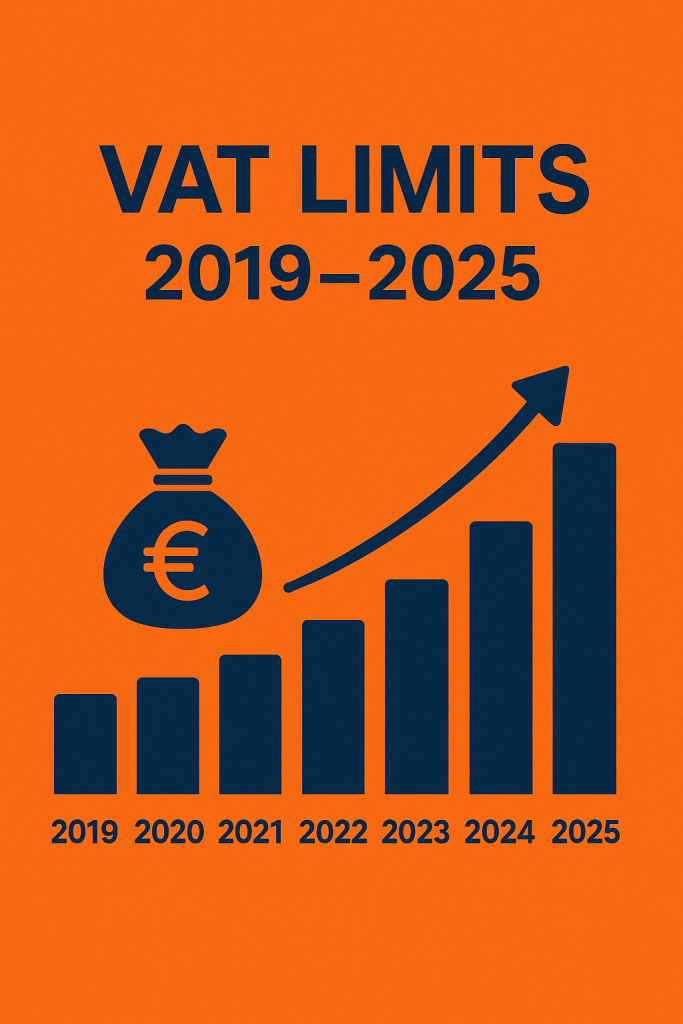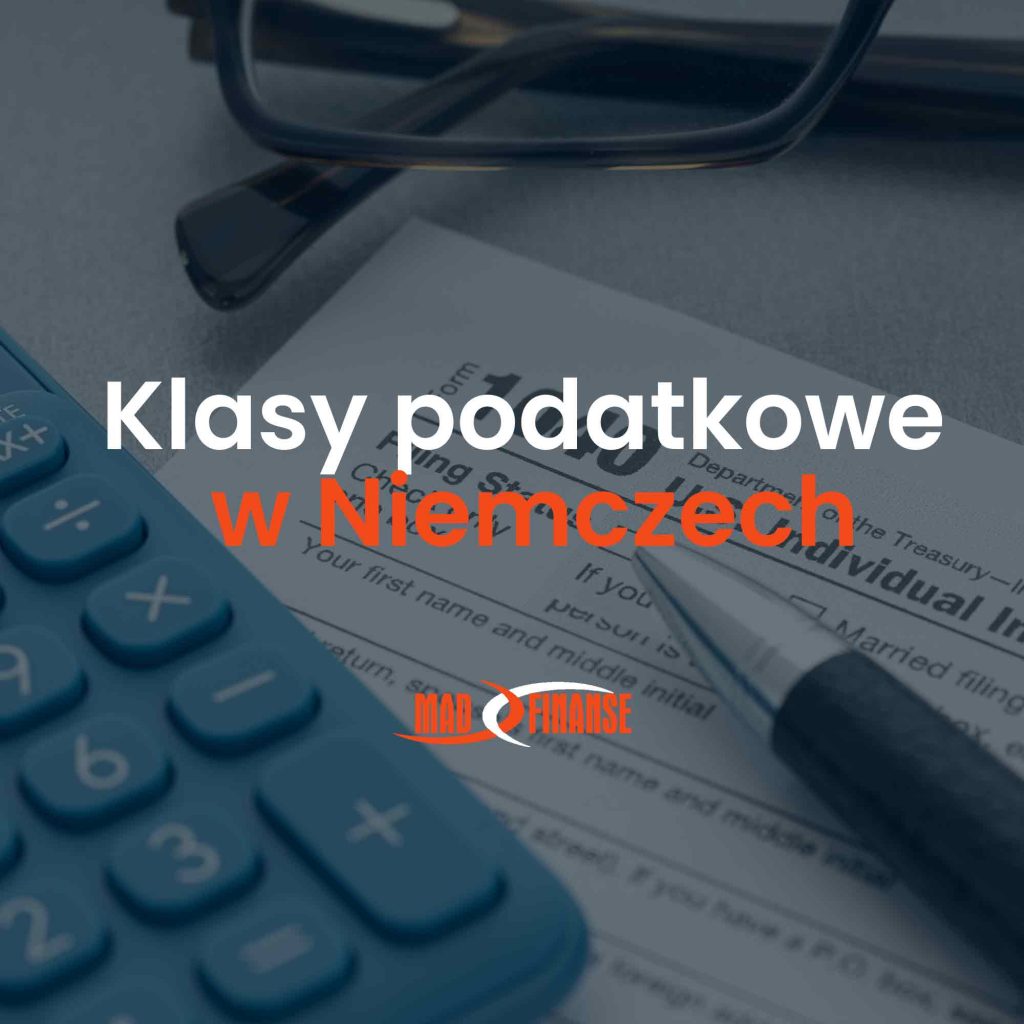
In Germany, there are special regulations for small businesses regarding VAT, known as the “Kleinunternehmerregelung”. These rules allow businesses with lower turnover to benefit from a simplified tax system. In recent years, the turnover limits have been adjusted several times, and starting in 2025, a significant update will take place.
Turnover Limits 2019–2025
Here are the turnover thresholds for small businesses in Germany over the years:
| Year | Maximum turnover in the previous year | Maximum turnover in the current year |
|---|---|---|
| 2019 | 17,500 € | 50,000 € |
| 2020 | 22,000 € | 50,000 € |
| 2021 | 22,000 € | 50,000 € |
| 2022 | 22,000 € | 50,000 € |
| 2023 | 22,000 € | 50,000 € |
| 2024 | 22,000 € | 50,000 € |
| 2025 | 25,000 € | 100,000 € |
What changes from 2025?
- Net turnover: From 2025, the limits will refer to net turnover, meaning VAT is not included.
- Exceeding the limit: If a business exceeds the 100,000 € turnover limit within the current year, it immediately loses its small business status and must apply the standard VAT rules.
- Alignment with EU law: The new rules comply with EU Directive 2020/285, enabling entrepreneurs from other EU countries to benefit from the simplified VAT scheme.
Why are these changes important?
The increased limits mean that more entrepreneurs will be able to benefit from the simplified VAT procedures in Germany. This translates into fewer formalities and lower administrative costs, which is especially important for micro-businesses and self-employed individuals.


